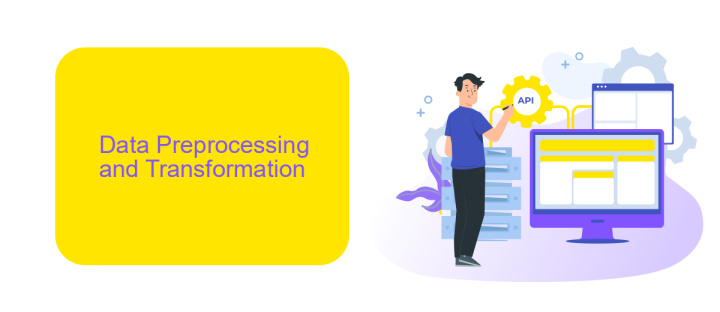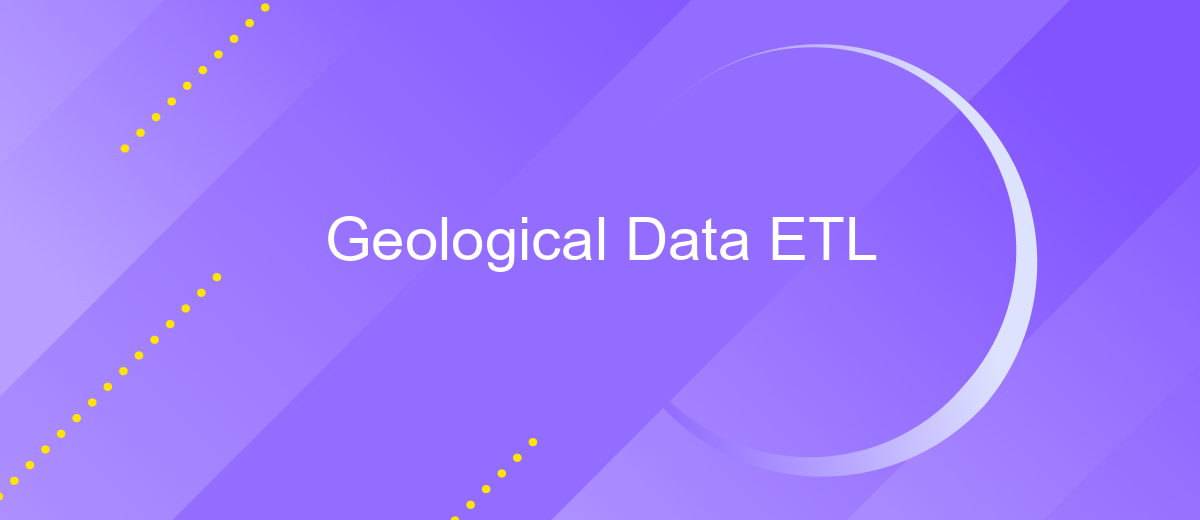Geological Data ETL
Extract, Transform, Load (ETL) processes are crucial in managing geological data, ensuring its accuracy and usability for analysis and decision-making. This article explores the intricacies of ETL in the context of geological datasets, highlighting best practices, challenges, and the importance of efficient data handling to support geoscientific research and industry applications.
Data Source Identification and Extraction
Identifying and extracting data sources is a critical step in the Geological Data ETL process. It involves pinpointing relevant data repositories that contain geological information such as rock formations, mineral deposits, and seismic activity. These sources can be diverse, ranging from public databases to proprietary datasets held by geological firms.
- Public geological databases (e.g., USGS, BGS)
- Proprietary datasets from geological surveys
- Remote sensing data (e.g., satellite imagery)
- Field data collected through sensors and instruments
- Academic research publications and reports
To streamline the integration of these varied data sources, tools like ApiX-Drive can be employed. ApiX-Drive facilitates the automated extraction and integration of data from multiple platforms, ensuring seamless data flow and reducing manual effort. By leveraging such services, organizations can efficiently gather and prepare geological data for further processing and analysis.
Data Preprocessing and Transformation

Data preprocessing and transformation are critical steps in the ETL process for geological data. Initially, raw data is collected from various sources such as geological surveys, satellite imagery, and sensor readings. This data often comes in different formats and may contain noise, missing values, or inconsistencies. Cleaning the data involves removing duplicates, filling missing values, and correcting errors. Tools such as Python libraries (Pandas, NumPy) and specialized software can be employed to streamline these tasks, ensuring the dataset is accurate and reliable for further analysis.
Once the data is cleaned, the transformation phase begins. This involves converting the data into a format suitable for analysis and integration with other datasets. Techniques such as normalization, aggregation, and feature extraction are commonly used. For seamless integration with other systems, services like ApiX-Drive can be utilized. ApiX-Drive facilitates the automation of data transfer between different platforms, ensuring that the transformed geological data is readily available for visualization, modeling, and decision-making processes. This step is crucial for leveraging the full potential of the collected geological information.
Data Validation and Correction

Data validation and correction are crucial steps in the ETL process for geological data to ensure accuracy and reliability. Validation involves checking the data for errors, inconsistencies, and missing values, while correction involves fixing these issues to maintain data integrity. Accurate geological data is essential for making informed decisions in various fields such as mining, oil exploration, and environmental studies.
- Identify and remove duplicate records to prevent redundant data.
- Ensure that all data entries conform to predefined formats and standards.
- Check for and rectify any missing or null values in the dataset.
- Validate data against external sources or databases to ensure accuracy.
- Use automated tools and services like ApiX-Drive to streamline the validation and correction process.
By implementing these steps, organizations can significantly enhance the quality of their geological data. Automated tools like ApiX-Drive can further simplify the process by providing seamless integration and real-time validation. This not only saves time but also ensures that the data is consistently accurate and reliable, ultimately leading to more informed decision-making and better outcomes in geological projects.
Data Loading and Integration

The process of loading and integrating geological data is crucial for ensuring data accuracy and consistency. During the data loading phase, raw data from various sources is imported into a centralized repository. This step involves transforming the data into a format compatible with the database schema, ensuring that all necessary data points are captured accurately.
Integration follows, where the loaded data is combined with existing datasets to provide a comprehensive view. This phase often involves the use of ETL (Extract, Transform, Load) tools to automate and streamline the process. By doing so, organizations can achieve seamless data integration, reducing manual effort and the risk of errors.
- Data extraction from multiple sources
- Data transformation and cleansing
- Data loading into central repository
- Integration with existing datasets
- Automation using ETL tools like ApiX-Drive
Using services like ApiX-Drive can significantly simplify the integration process. ApiX-Drive allows for easy connection between different data sources and applications, automating the data flow and ensuring real-time synchronization. This leads to more efficient data management and better decision-making capabilities for geological data analysis.
- Automate the work of an online store or landing
- Empower through integration
- Don't spend money on programmers and integrators
- Save time by automating routine tasks
Data Quality Assurance
Ensuring the quality of geological data is paramount for accurate analysis and decision-making. Data Quality Assurance (DQA) involves a series of processes aimed at verifying the accuracy, completeness, and reliability of the data. This includes validation checks, error detection, and data cleansing procedures. By implementing robust DQA practices, we can minimize errors and inconsistencies, thereby enhancing the integrity of the geological datasets. Regular audits and automated validation tools are essential components of a comprehensive DQA strategy.
In addition to traditional methods, integrating advanced tools and services can significantly improve data quality. For instance, ApiX-Drive offers seamless integration capabilities that allow for the automated transfer and synchronization of data between various platforms. This reduces the risk of human error and ensures that data remains consistent and up-to-date across all systems. By leveraging such services, organizations can streamline their data workflows and maintain high standards of data quality, ultimately supporting more reliable geological analyses and insights.
FAQ
What is ETL in geological data processing?
Why is ETL important for geological data?
How can I automate the ETL process for geological data?
What challenges might I face during the ETL process for geological data?
How do I ensure data quality in geological ETL processes?
Time is the most valuable resource in today's business realities. By eliminating the routine from work processes, you will get more opportunities to implement the most daring plans and ideas. Choose – you can continue to waste time, money and nerves on inefficient solutions, or you can use ApiX-Drive, automating work processes and achieving results with minimal investment of money, effort and human resources.


